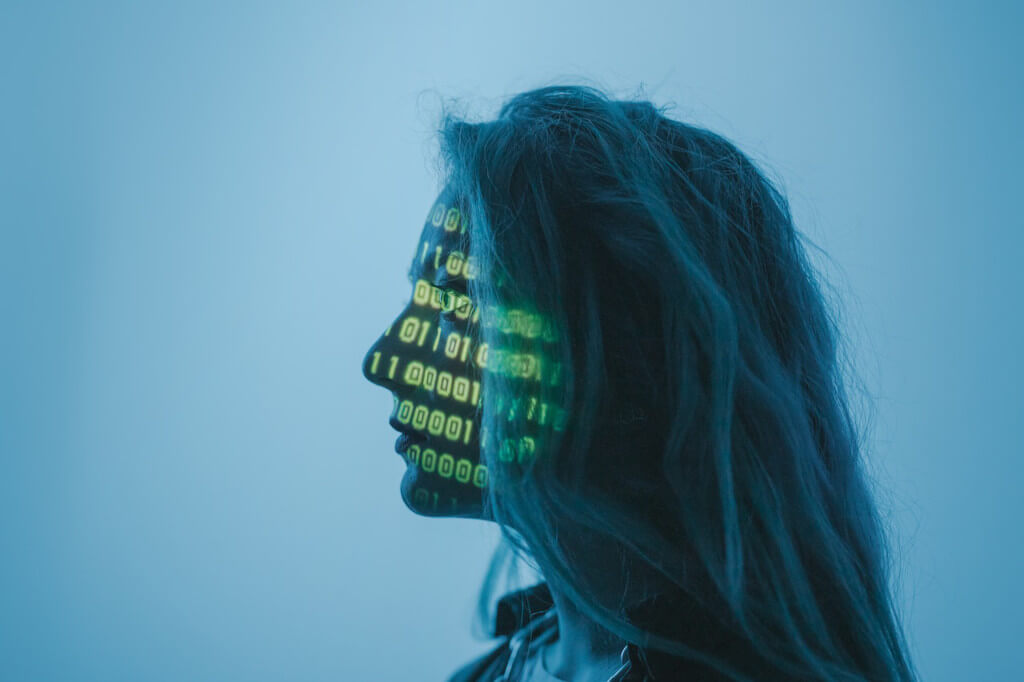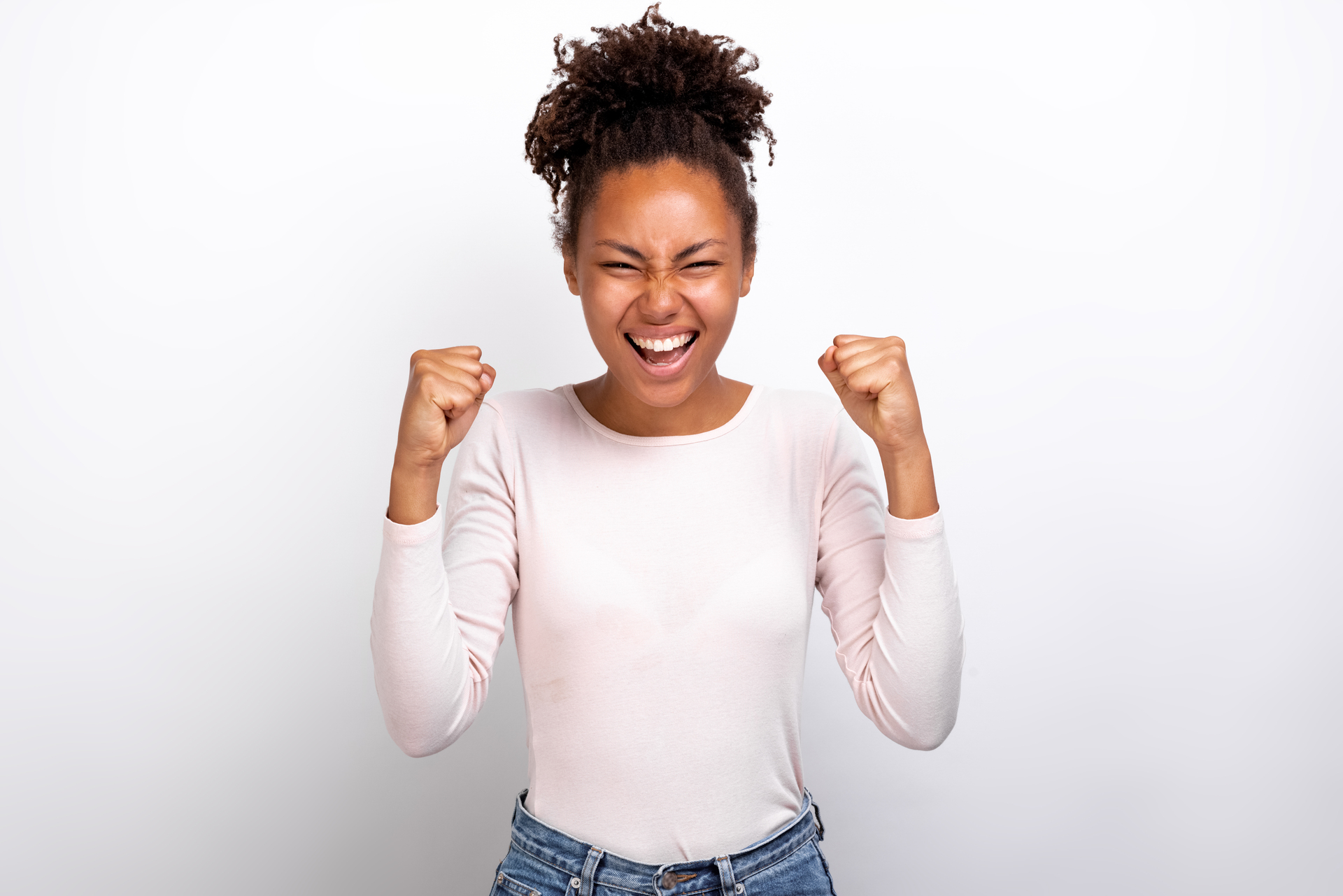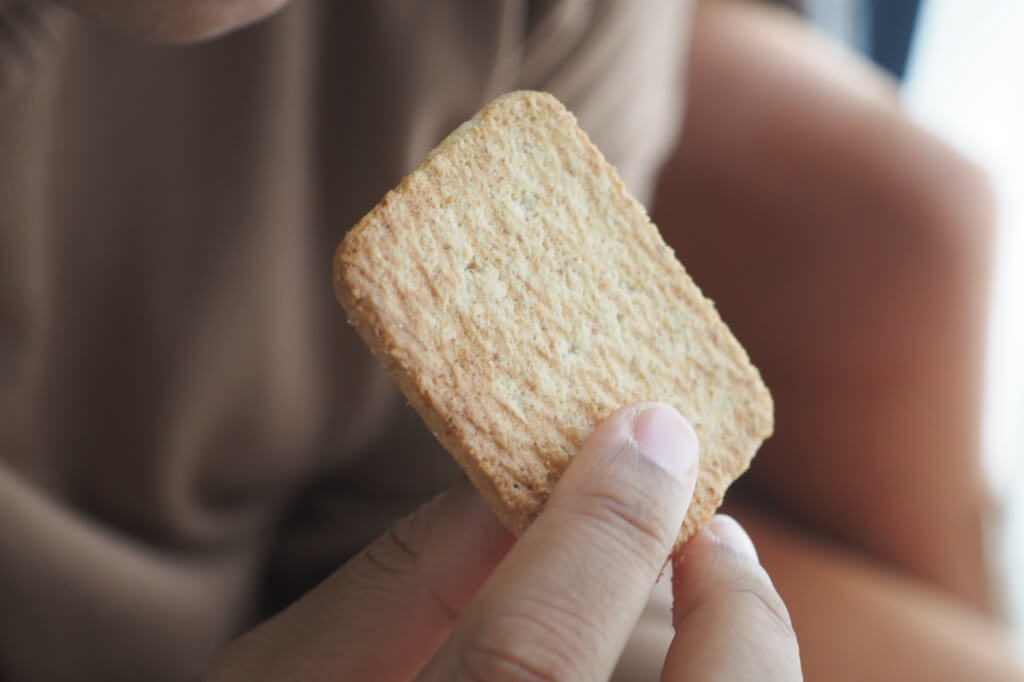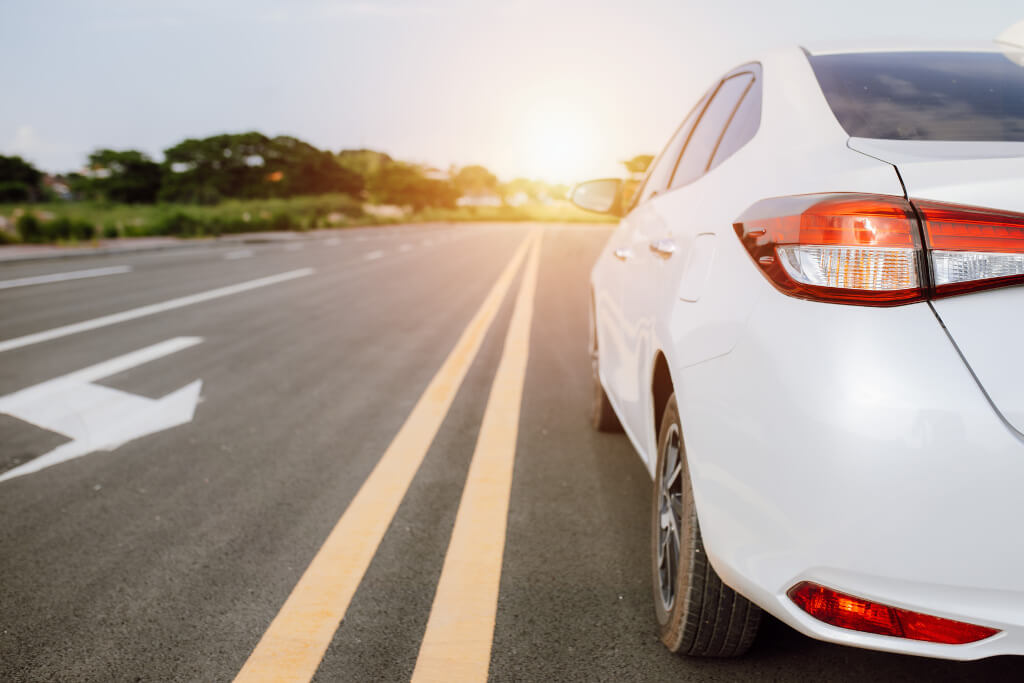The use of AI in the creative process is not novel. It predates the advent of artificial intelligence. What’s new is a slew of tools that make it possible to make pictures simply by typing into a box. To have the AI generate a landscape in Van Gogh’s style, all you have to do is type “a landscape in the style of van Gogh” into the text box.
This technology’s strength is in its ability to be controlled by human words. But how well do these programmes capture an artist’s intent? Can innovative art be created when language is integrated into the process?
Products of Engineering
As a computer scientist and artist who has used generative AI for years, I believe this new tool stifles innovation.
There is an almost limitless number of possible outcomes when using AI to generate an image based on a textual query. In some cases, a casual user may find the results generated by AI to be satisfactory. Since it is so simple to use this technology to create images for articles, video game characters, and commercials, companies, and investors have spent billions of dollars on it.
Artists, on the other hand, may need to compose an essay-like prompt to make a high-quality image that accurately represents their vision, complete with the ideal composition, lighting, and colouring. That long request usually includes a lot of keywords to trigger the system of what’s in the artist’s mind and isn’t always descriptive of the image itself. The term “prompt engineering” describes this phenomenon.
Using these technologies, an artist’s job is reduced to keyword research to coerce the system into producing the intended result. Finding the appropriate phrases requires significant time and numerous attempts.
The Seeming Intelligence of AI is an Illusion
Realising that most of these algorithms are trained on internet photos and captions can help you get more control over the outputs. Think about the information that is usually included in a caption for a picture. Web content is often accompanied by written captions to enhance the visual experience.
The caption may include information such as the photographer’s and copyright holder’s names. A common practice on photo-sharing platforms like Flickr is to include information about the camera and lens used in the caption. Some websites utilise the caption to explain the software and hardware behind an image’s creation. For the AI system to generate a relevant image, users must therefore include numerous nondescriptive keywords within the text prompt.
Modern AI systems are deceptive in that they are merely smart retrieval systems with a large memory and the ability to learn by association, rather than truly intelligent machines.
Angry Creatives Who Feel They Have No Say
Is this the kind of resource that can inspire brilliant works of art?
I did a poll of artists who have worked with generative AI at Platform AI, the generative AI art platform I co-founded. Over five hundred visual artists (digital and traditional), photographers, illustrators, and graphic designers (who had utilised DALL-E, Stable Diffusion, and Midjourney, among others), provided us with feedback.
Just 46% of respondents said they found the tools “very useful,” while 32% said they were somewhat beneficial but couldn’t work with them. The remaining 22% of users didn’t find them helpful at all.
Artists and designers agreed that a lack of agency was the most significant obstacle. Respondents rated their level of control over the outcome between 4 and 5 on a scale from 0 to 10, with 10 representing the most control. Half of those who participated in the survey thought the results to be intriguing but not actionable.
90% of the artists surveyed expected generative AI to have some sort of impact on their work; nearly half (46%) saw this as a positive change, while 7% expected it to have a negative impact. In addition, 37% were concerned that their practice would be impacted, but they weren’t sure how.
The Most Powerful Works of Visual Art Are Universal
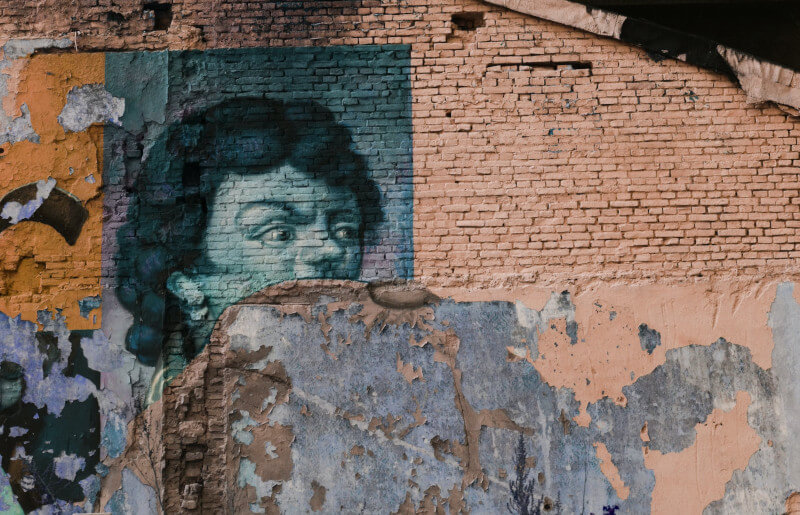
Do these constraints have to be accepted as inevitable, or may they be overcome as technology advances?
Naturally, improved resolutions and image quality will be among the benefits of using more recent versions of generative AI.
However, I believe that the most fundamental barrier to artistic expression is the process of using language as the primary driver in creating the image.
Artists in the visual arts have to be visual thinkers. Visual references, such as a memory, a collection of images, or other works of art visited, are much more common than verbal ones when artists imagine their work.
To me, it creates yet another obstacle between the digital painter and the digital canvas when language is used to generate images. Only the lens of language will be used to interpret the pixels. Pixels can no longer be manipulated by artists outside of the constraints of semantics.
Unfortunately, Text-to-image Conversion Still Has Several Serious Flaws
It’s quite improbable that the system will produce an identical image for two different artists who respond to the same prompt. That’s not the artist’s fault; rather, it’s a result of the AIs’ starting with distinct random images.
The creative process of the artist, in other words, is reduced to a game of chance.
Concerns that their AI generations would be similar to the works of other artists and that the technology does not reflect or even replace their identity were expressed by nearly two-thirds of the artists we surveyed.
When it comes to creating and appreciating art, the question of who the artist is becomes paramount. When photography first began to gain popularity in the 19th century, the question of whether or not it constituted art was raised. In 1861, a French court case decided whether or not photography could be copyrighted as an artistic medium. The choice depended on whether or not images could convey an artist’s individuality. These are also valid concerns when thinking about AI systems that are trained using pictures found online.
Before the advent of text-to-image prompts, artists had to go through a more involved process of training their own AI models based on their photos to create works of art using AI. This gave them greater creative control over the final products and made it possible for them to draw inspiration from their work. Creators and regular people who need to whip up some visuals for a job presentation or social media post could benefit from text-to-image tools.
However, I do not believe that text-to-image software is capable of accurately reflecting the artist’s genuine intentions when creating works of art, or of accurately depicting the beauty and emotional resonance of works that captivate viewers and cause them to see the world in a new light.

